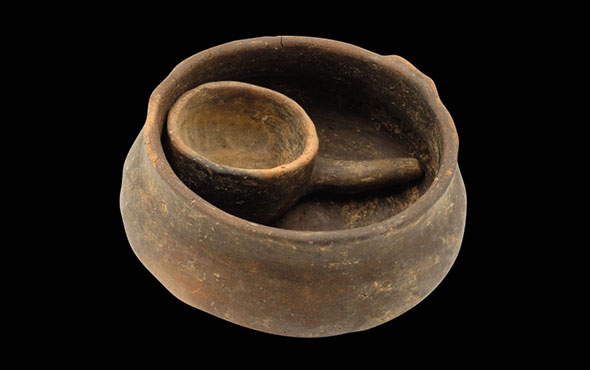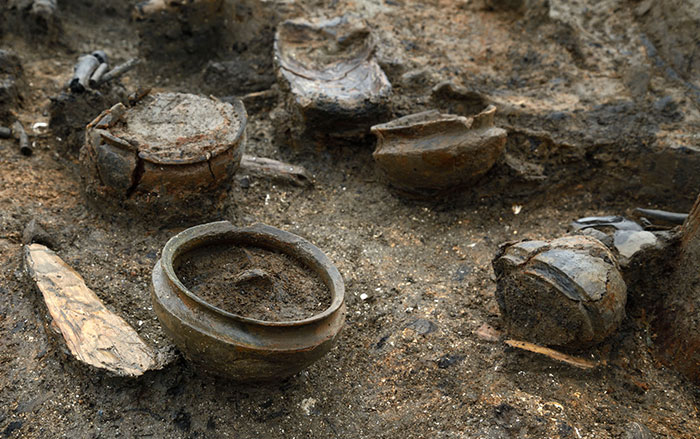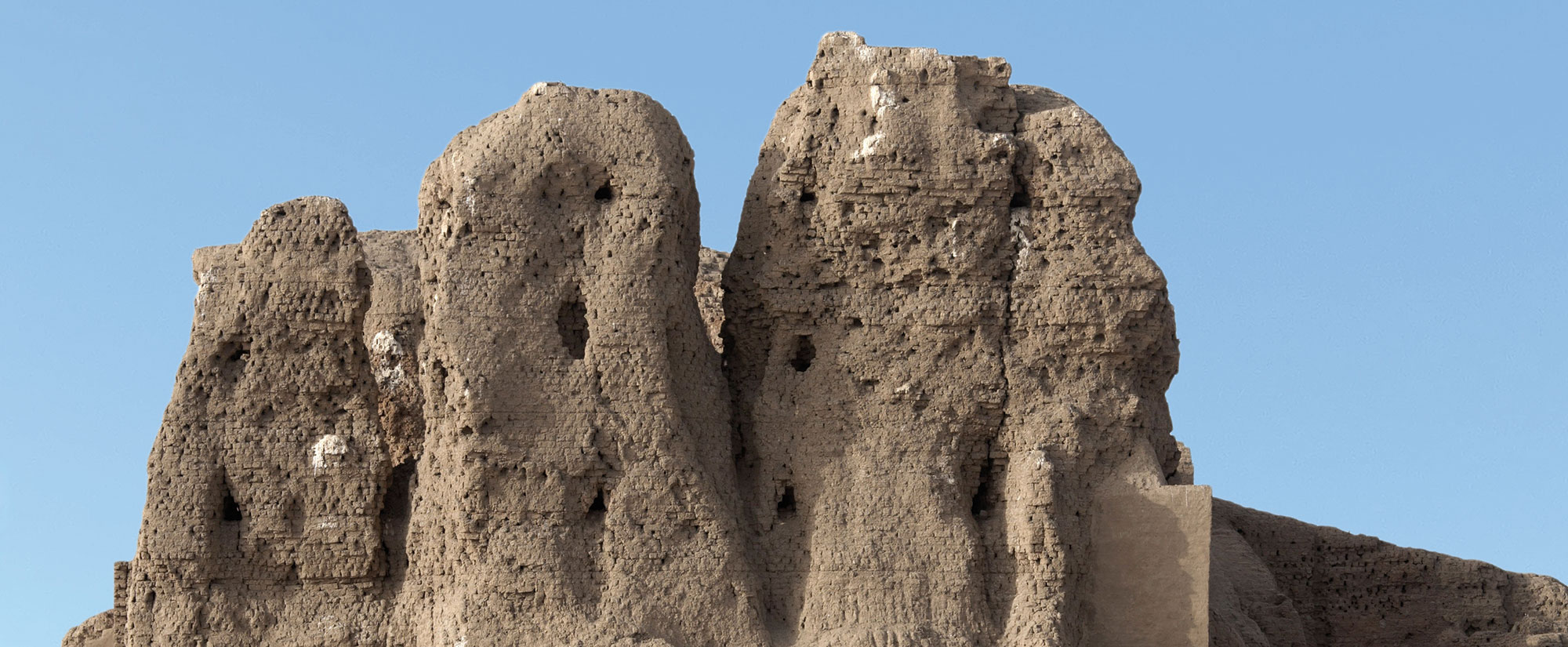
CAMBRIDGE, MASSACHUSETTS—According to a statement released by Harvard University, Alexander More of Long Island University and the University of Maine and his colleagues compared climate data collected from an ice core from a central European glacier with early twentieth-century historical records, and found that a six-year period of “miserable weather” preceded and overlapped with major battles of World War I and peaks in the numbers of deaths from the Spanish flu. “Basically, we saw a spike in cold, wet marine air from the northwest Atlantic that came down into Europe and lingered,” More said. Trench warfare in the cold, torrential rains and the resulting mud likely contributed to the run-down condition of soldiers’ health, in addition to malnutrition brought on by crop failures. The weather may have also disrupted the migratory patterns of disease-carrying waterfowl, More explained. The outbreak of the Spanish flu in the spring of 1918 is thought to have been connected to troop movements, infecting more than 500 million people and killing between 30 and 50 million. To read about graffiti on a barn door that recorded Great Britain's entrance into World War I, go to "Bicycles and Bayonets."










